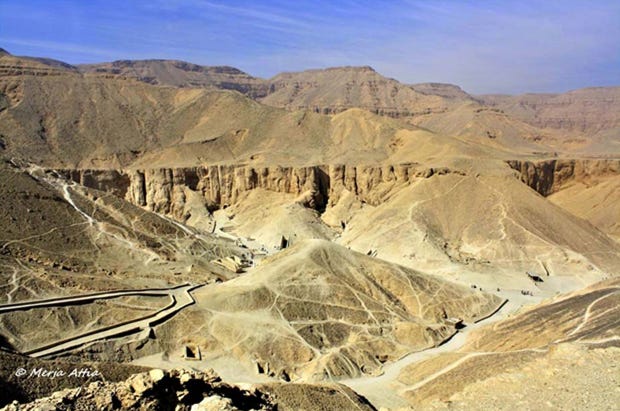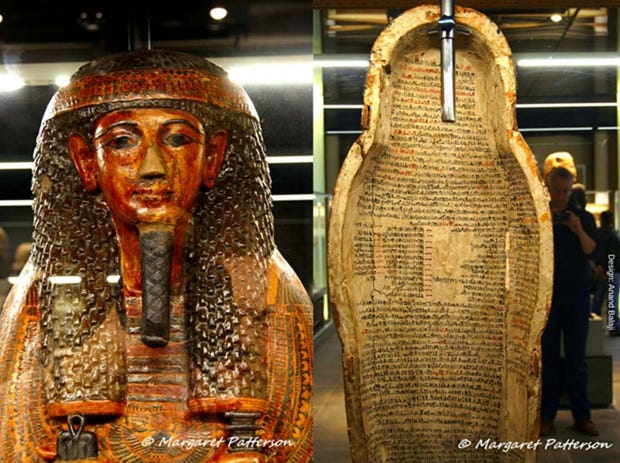Butehamun, Opener of the Gates to the Underworld: Dismantling Sacred Places of the Dead
At the very end of the Twentieth Dynasty and through to the beginning of the early Twenty-First Dynasty, one after another, the many royal dead in the Valley of the Kings were divested of their funerary paraphernalia. What was once considered sacrilege and unthinkable was now par for the course, thanks almost wholly to state-sanctioned looting of these sacred sanctuaries. The services of two necropolis scribes: Djehutymose and his son, Butehamun, were enlisted to systematically seek out, plunder and “restore” the burials of kings, queens, and priests. In doing so, the duo penned one of the most sordid chapters in ancient Egyptian history.

In a time when the threat of internal rebellion, poverty and diminishing respect for Egypt existed, the priest-kings who usurped power needed wealth to fulfill their ambitious building projects to the glory of the pantheon. With sources of revenue dying out, they hit upon a devious plan to fill the coffers in the form of bullion, stocked in the tombs of their forebears; this, under the guise of restoration. Much earlier, tomb robbers struck at several Seventeenth Dynasty burials in the Valley of the Queens and the mortuary temples of deceased kings. In the fourth year of Herihor’s rule (1066), the necropolis scribe Butehamun received an order to carry out “work” in the tomb of Horemheb.

It was the beginning of the end for the royal graveyard. Over the next decade, the tombs of the New Kingdom pharaohs were emptied one by one. The workmen who carried out the task even seem to have had a map of the valley (surely provided by the authorities) to assist the clearance.
Keep reading with a 7-day free trial
Subscribe to Ancient Origins UNLEASHED to keep reading this post and get 7 days of free access to the full post archives.


